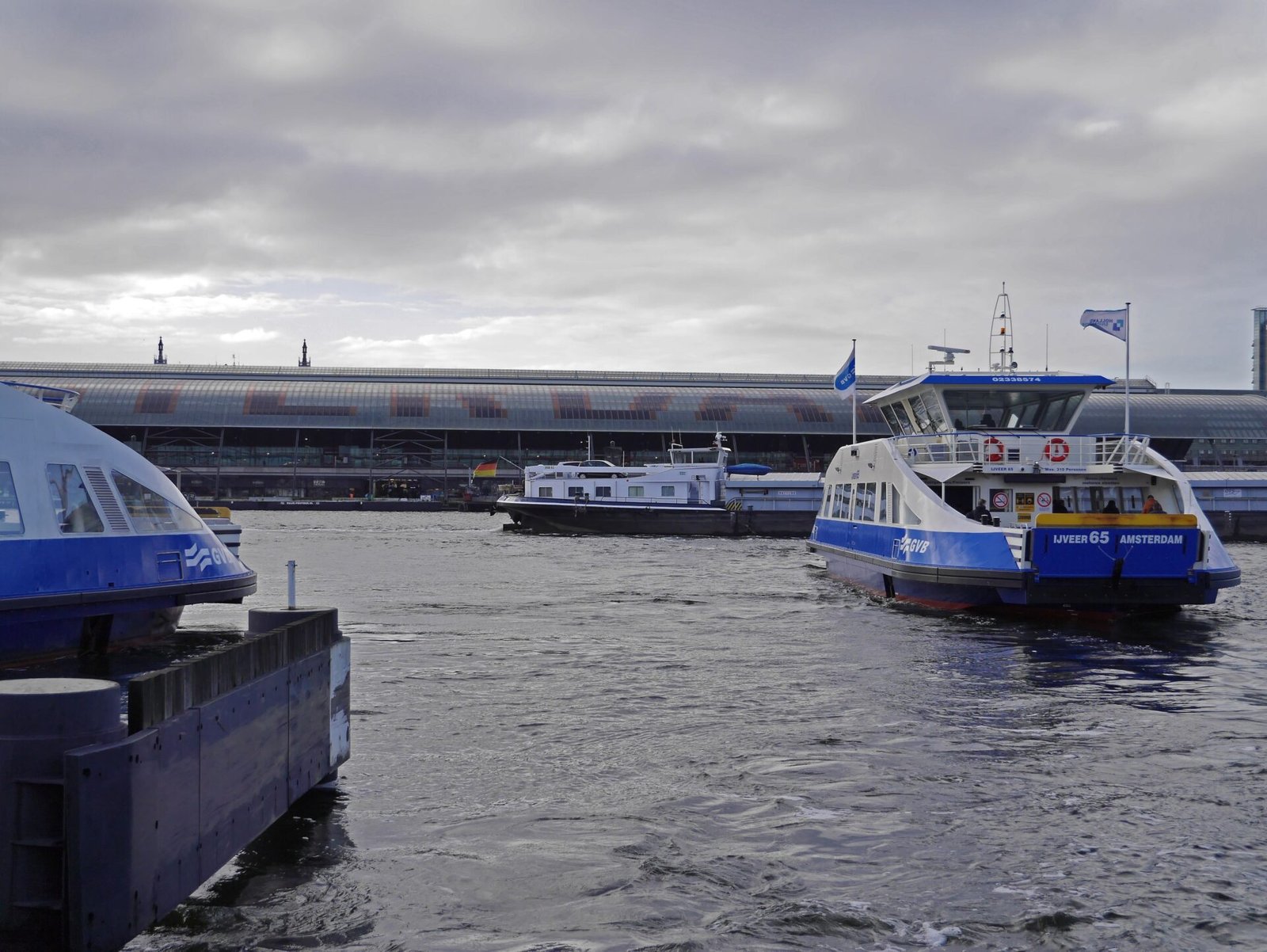China is taking significant strides towards a greener future, specifically by focusing on its ancient and extensive network of inland waterways, which span over 128,000km. The potential environmental implications of this move are immense, especially given the scale of shipping traffic on these waterways and their associated carbon emissions.
The Rise of Electric Vessels in China: An Overview
In late July, Cosco Shipping Development launched its fully-electric container ship, the N997. This 120m vessel can carry 700 20-ft containers. Although it isn’t the first of its kind – that distinction belongs to Norway’s Yara Birkeland launched in 2021 – it represents a significant milestone for China.
Intended to navigate the Yangtze River, this ship will join the vast fleet of over 100,000 vessels that crisscross China’s waterways. This vast system, which includes rivers such as the Yangtze, Yellow, and Pearl, and even ancient marvels like the 1,794km Grand Canal built in 486BC, has been in operation for over 4,000 years. The Asian Development Bank report from 2016 highlighted that this system facilitated the movement of around half of China’s freight and transported 273 million passengers in 2019. However, it’s also a significant carbon emitter, accounting for 15 million tonnes of carbon dioxide emissions.
The Push for Electrification: Why Now?
The urgency for electrification in China’s waterway fleet arises from a mix of environmental and economic reasons:
- Environmental Concerns: The sheer number of vessels operating within proximity to populated areas has amplified pollution concerns. Electrification promises to significantly reduce carbon, sulphur dioxide, and nitrogen dioxide emissions.
- Challenges with LNG: While there were initial plans to switch ships from sulphur-heavy fuel to LNG, the slow development of LNG stations has posed challenges.
- Battery Revolution: China’s explosive growth in battery production, primarily driven by the electric vehicle (EV) boom, has led to advancements in powerful, efficient, and cost-effective batteries. These batteries now possess the capacity to power even large ships.
A glimpse into China’s EV market showcases this trend. From a modest 12,000 EVs sold in 2012, the number skyrocketed to 6.9 million by 2022. By 2025, the demand for batteries for these EVs will range between 1,000 and 1,200 GWh. But with the production capacity expected to reach around 4,800 GWh, there’s a looming overcapacity. This scenario has prompted major battery makers like CATL, BYD, and EVE Energy to consider diversifying into the ship battery sector.
These ships require batteries that have 10 to 100 times more capacity than a regular car. And with the modularity of current batteries, they can be adapted for a diverse range of vessels.
Europe might be at the forefront in the development of battery-powered ships, but China has a unique advantage: a massive demand for electric ships and an unparalleled scale of battery supply. With regional governments like Fujian, Hubei, and Shanghai offering financial support, large-scale battery production will likely become commercially viable soon.
Hong Kong’s Role in this Green Transition
The Pearl River Delta region stands out when discussing China’s battery-powered ferries. A 2021 study by the International Council on Clean Transportation revealed a staggering fact: electrifying all coastal ferry operations in this region could reduce over 30% of fossil fuel consumed by the country’s entire coastal ferry fleet in just one month of 2019.
With Hong Kong being a key player in the Pearl River Delta and with routes like the 85km Guangzhou-Hong Kong and 63km Macau-Hong Kong being central to the study, there’s an evident opportunity. About 95% of ferries in this region can economically switch to battery power.
While the scale of China’s green initiatives may dwarf contributions from regions like Hong Kong, there lies an opportunity for Hong Kong to collaborate with other Greater Bay Area governments. This collaboration can drive substantial energy savings and pollution reduction across the Pearl River Delta.
However, for this potential to be realized, the Hong Kong government needs to be proactive. As of now, there’s been limited acknowledgment or action.
Conclusion
China’s move towards electrifying its waterways signifies more than just a green initiative; it showcases a blend of historical respect, environmental consciousness, and futuristic vision. For regions like Hong Kong, this move provides an opportunity to be part of a significant, transformative journey.
Read More:
